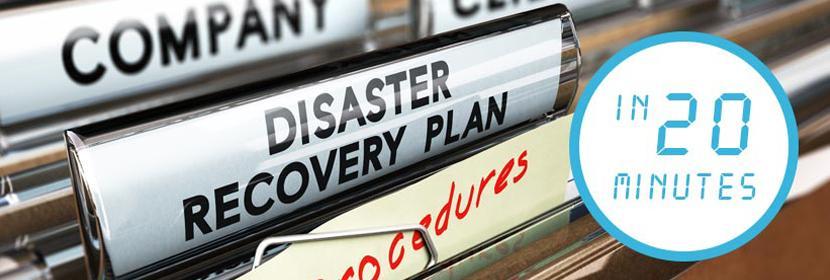
Disaster recovery is one of those topics that isn't particularly complicated, yet is easily misunderstood. It is, nonetheless, a crucial aspect of technology management. The cost of a disaster can be tremendous, and with no fast route to recovery, an adverse event can have game-changing consequences for a business.
Getting backup and disaster recovery right is not that hard, yet 50% of UK businesses are leaving their data at risk, according to a 2018 survey. Though businesses generally make some effort to guard against disaster, plenty of disaster recovery myths persist. In this article, we tackle those myths and propose steps to ensure a reliable disaster recovery scenario.






